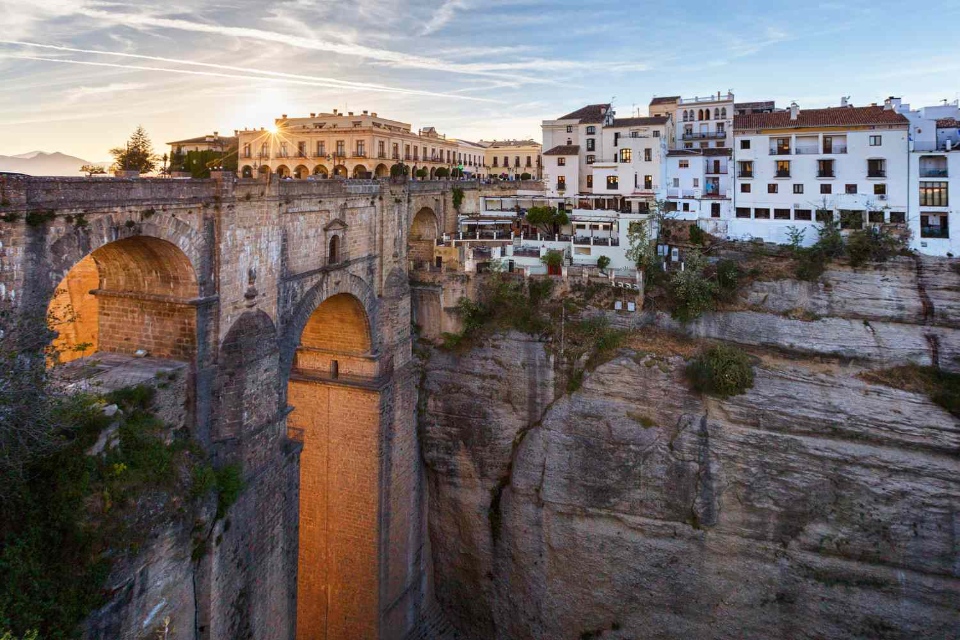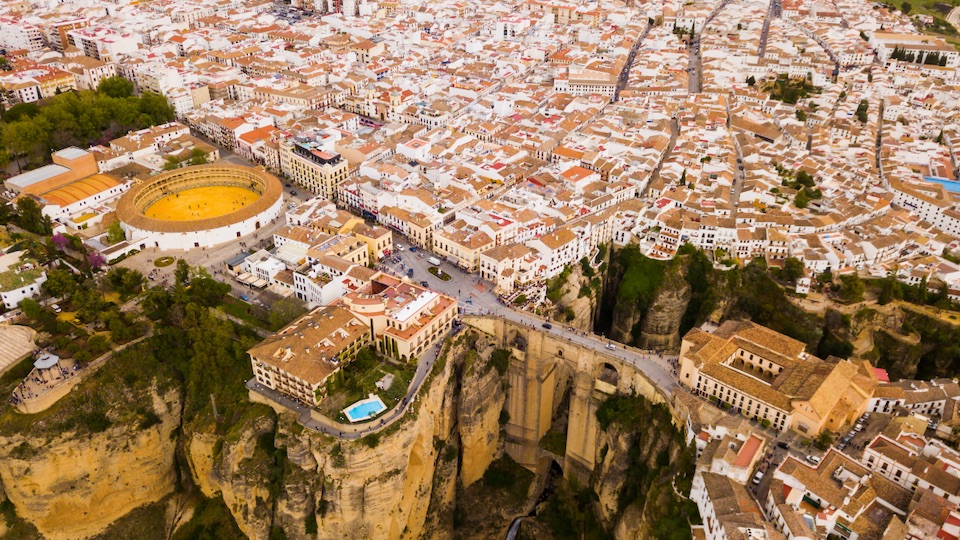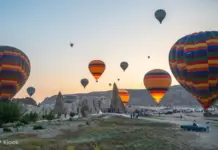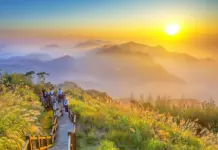In addition to names like Seville, Granada and Cordoba, Ronda is known as one of the four popular tourist destinations in the Andalusia region. Although, it is the fastest growing place of Andalusia, but Ronda still retains many ancient features that are especially attractive to tourists. So, is Ronda worth visiting, how to visit Ronda, what to do in Ronda and how to plan a budget trip to Ronda for the first-time perfectly? Let’s check out our Ronda travel blog (Ronda blog) with the fullest Ronda travel guide (Ronda tourist guide, Ronda guide) from how to get to Ronda, best places to visit, best time to come as well as top things to do in Ronda to help you maximize your trip as follows!
- The FULLEST Seville guide: Top things to do, Eat, stay & MORE
- 14+ best places to visit in Barcelona
- What to buy in Spain? — Top +18 souvenirs & best things to buy in Spain
- What to buy in Barcelona? — Top 15+ must-have souvenirs, gifts & best things to buy in Barcelona
- Barcelona itinerary 1 day — How to spend 1 day in Barcelona & what to do in Barcelona in one day

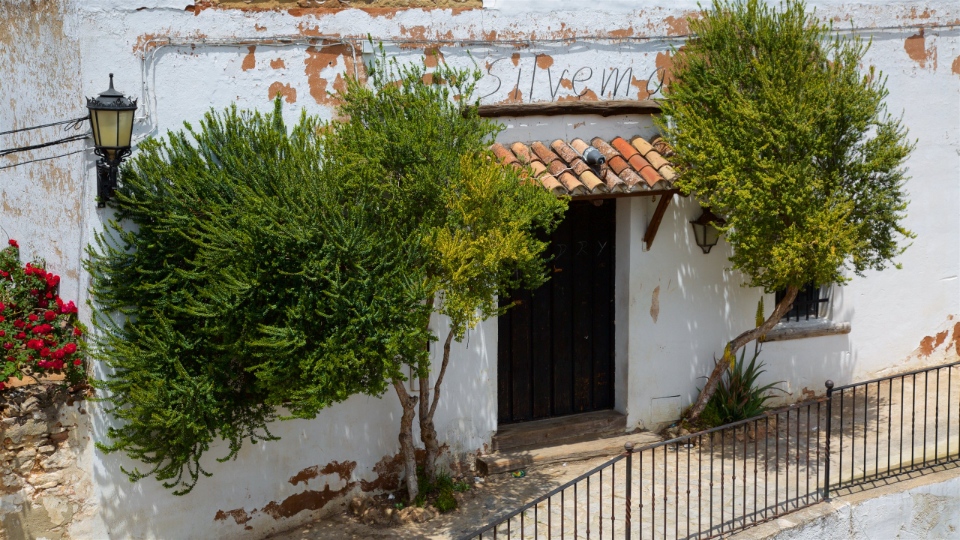
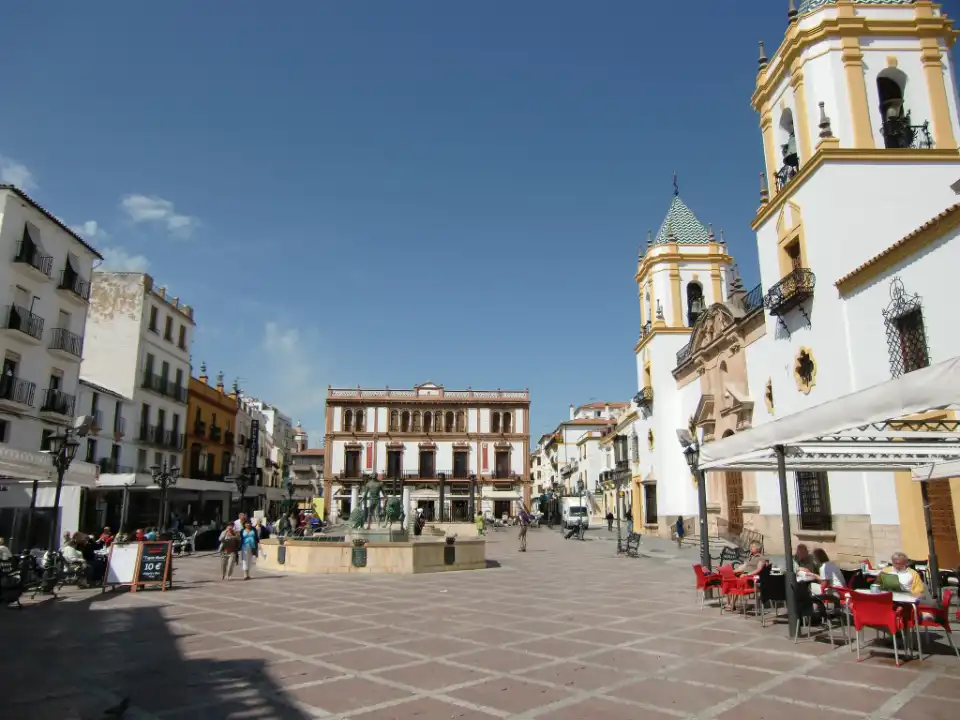
Spain never ceases to amaze me with its landscapes and cities, suddenly on my one free day in the south of the country, I set off for Ronda. The bus ran across the Sierra mountains to the Malaga region in the south of this country of tapas. And I couldn’t help but feel excited when I suddenly saw Ronda lying on the cliff, at the foot of the mountain almond flowers were blooming on the green vegetation, a spectacular sight.
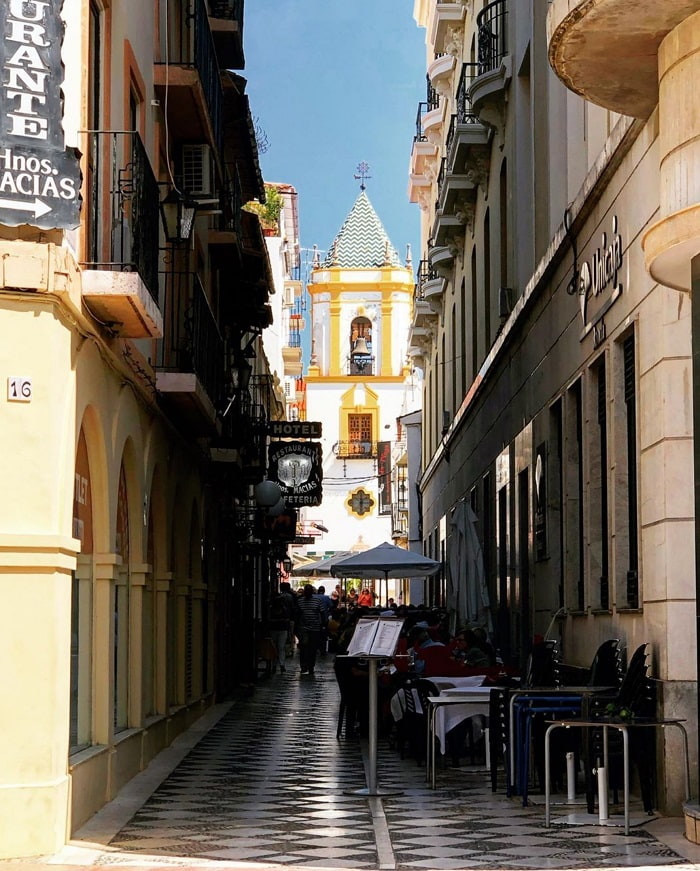

Ronda is a historic city built on mountains over 750 meters above sea level. Ronda really captivating visitors by the view of the Guadalevín river running through the city and divided into two parts. Besides, this place still has many architecture from neoclassical style preserved almost intact.
Overview of Ronda (#ronda blog)
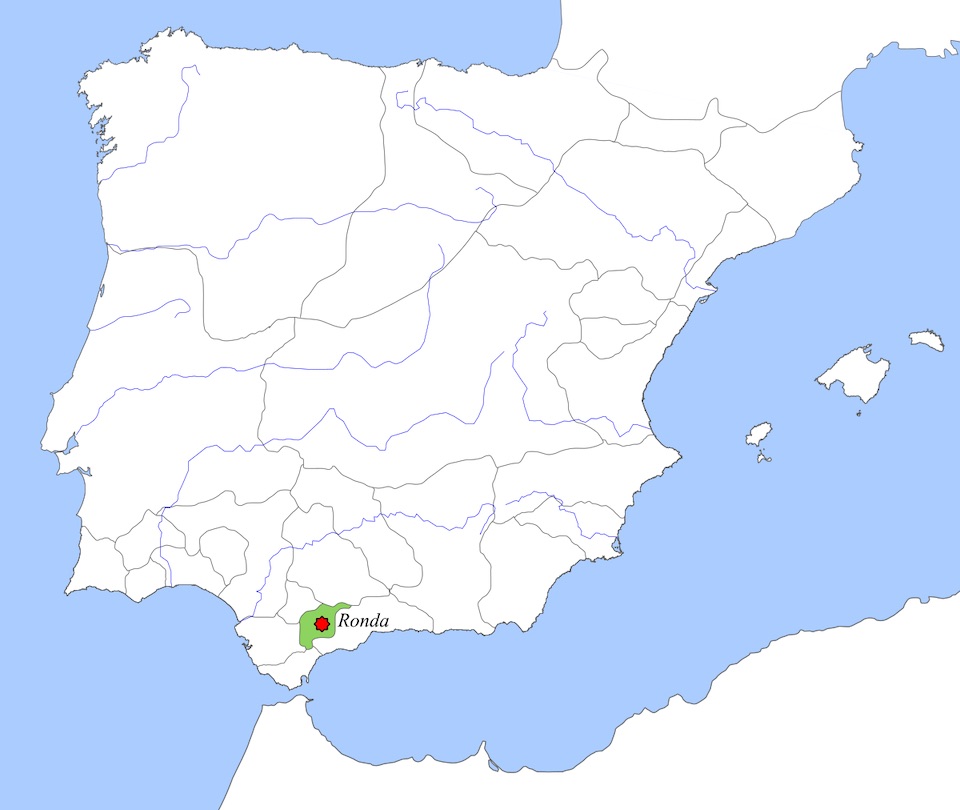
Perched on a cliff in Malaga province with an altitude of over 750 meters, Ronda is a city that impresses any visitor by its crags. The city is divided in two by the Guadalevin River, which flows through Ronda, located on either side of the El Tajo Canyon. To travel between these two banks of the river, people cross three precarious bridges spanning the gorge. The city’s architecture was influenced by the Romans and Moors that once dominated the territory.

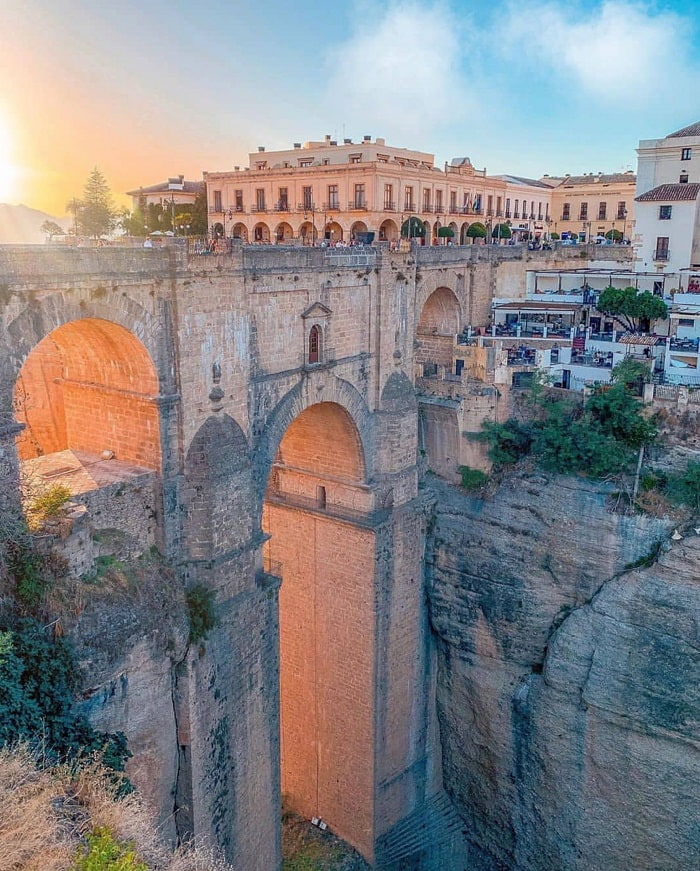
The town of Ronda is divided into two parts: La Ciudad is the southern old town, and the northern part of town is El Mercadillo. La Ciudad was originally a city complex that existed from the time of the Islamic Kingdom. This is also the area that retains the characteristics of the village of Pueblo Blanco, also known as the white village with a maze of small – narrow and zigzag roads interwoven with low rows of houses, close together. El Mercadillo is a more classic Spanish town with wide streets and buildings dating from the 18th and 19th centuries.
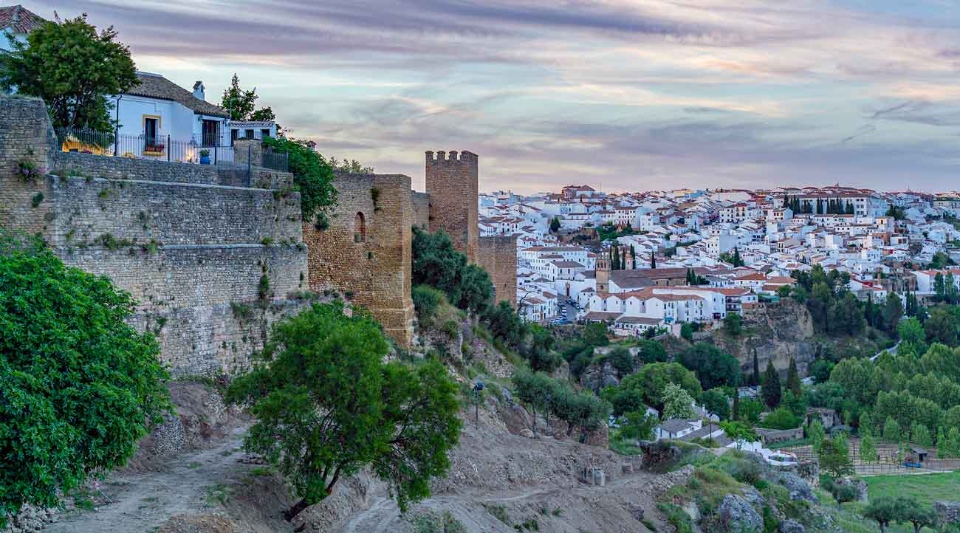

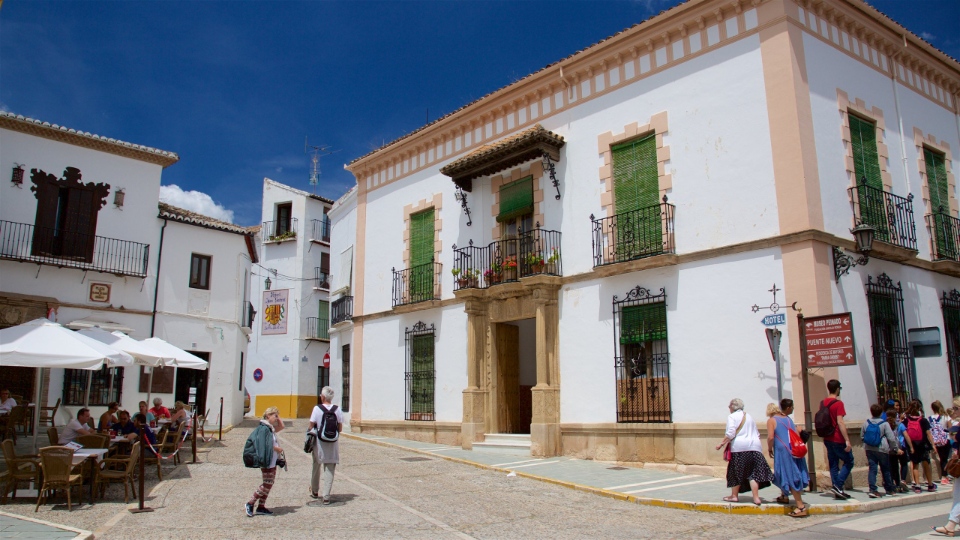
The Guadalevin River flows through dividing Ronda into two parts: La Ciudad to the north and El Mercadillo to the south. The main architectural style of this old town is influenced by the Romans and Moors who ruled here for a while. The two sides of Ronda are two differences: One is modern and the other is quiet, quaint.
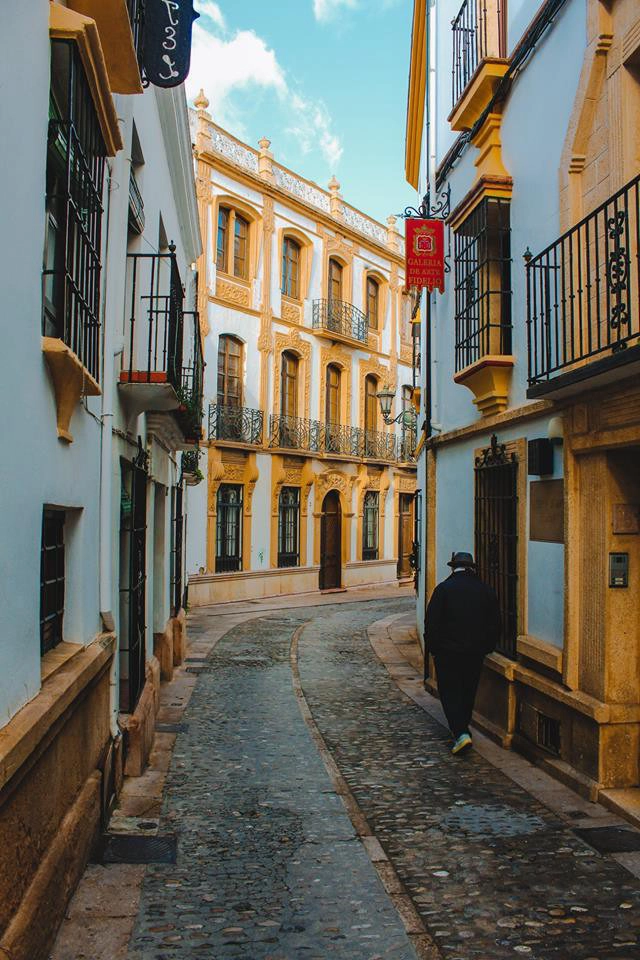
La Ciudad is also known for its white village with low rows of houses mixed in small alleys, zigzagging like a maze that makes people lose their way. El Mercadillo is again impressed by its spaciousness but also classic with the architecture kept from the 18th and 19th centuries. The two combine to form a Spanish Ronda that captivates people.
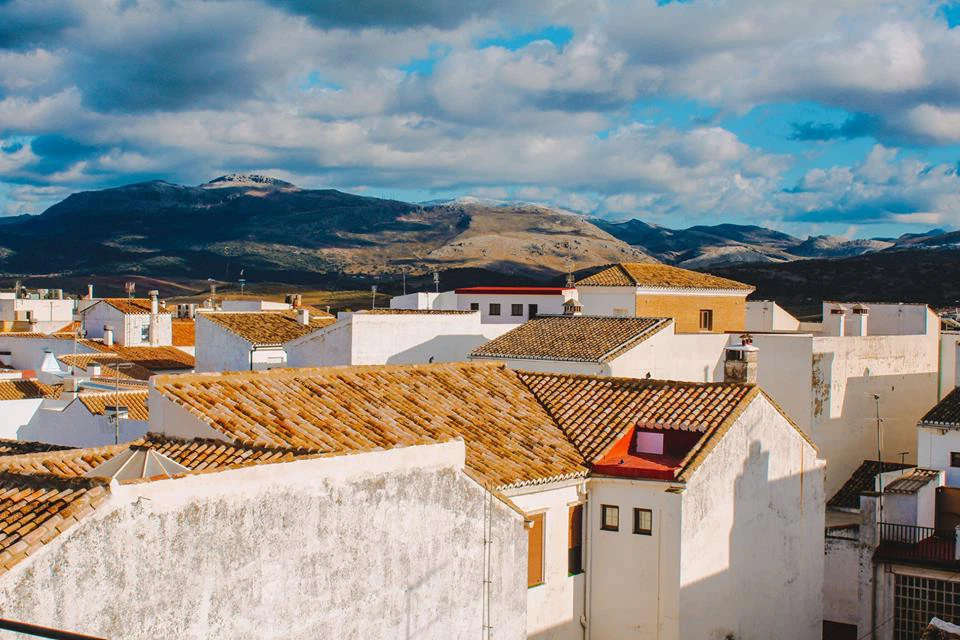

After the Spanish Civil War, Ronda’s population declined due to the heavy effects of the war. Today only 35,000 people live in this cliffside city. But not so that Ronda lost her soul in the ancient buildings and traditional culture.
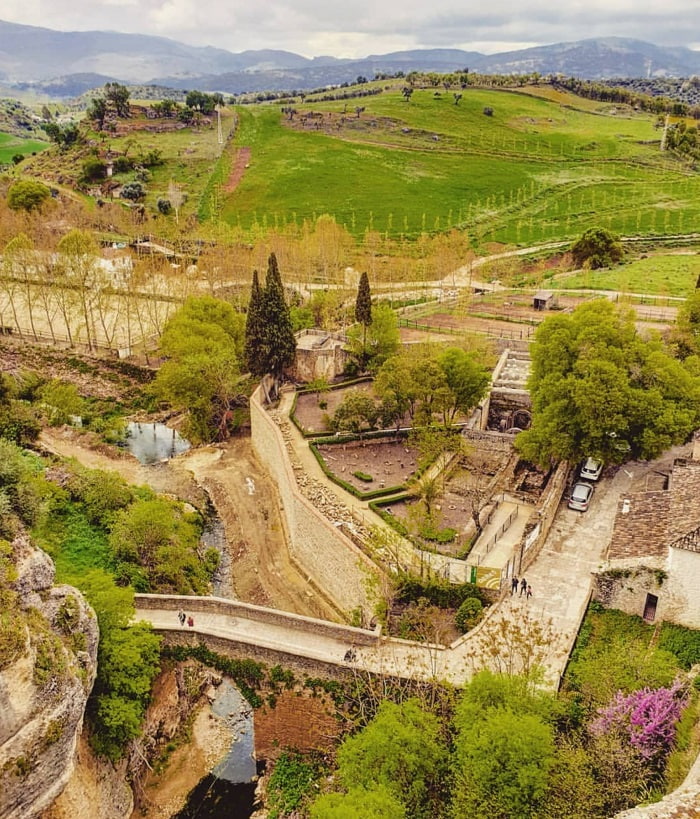
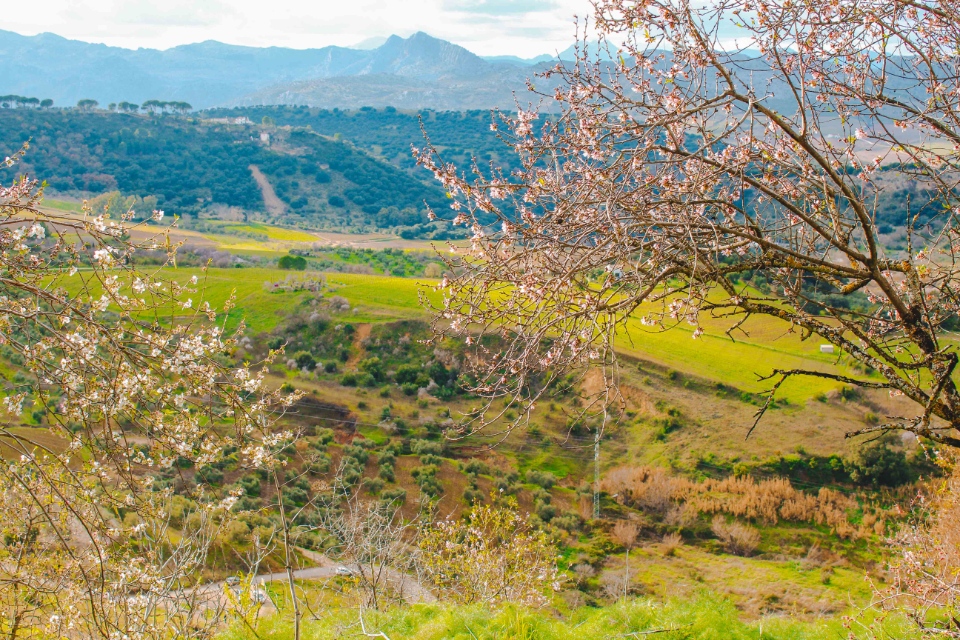
Getting to Ronda (#ronda guide)
To get to Ronda, you should start from Seville, the capital of the Andalusia region in Spain. From here you have 3 main ways:
- Car rental: It will take 1 hour and 50 minutes to drive, not too far if you go to A-375 and A-374 roads.
- By public transport: It will take about 3 hours, follow the instructions in the picture below.
- The last option is to buy a day tour, which is relatively comfortable, does not have to be thinking too much, in addition, when going to Ronda, you will be stopped at 2 villages in the Sierra mountains, which are very beautiful, feel free to take pictures to check-in.
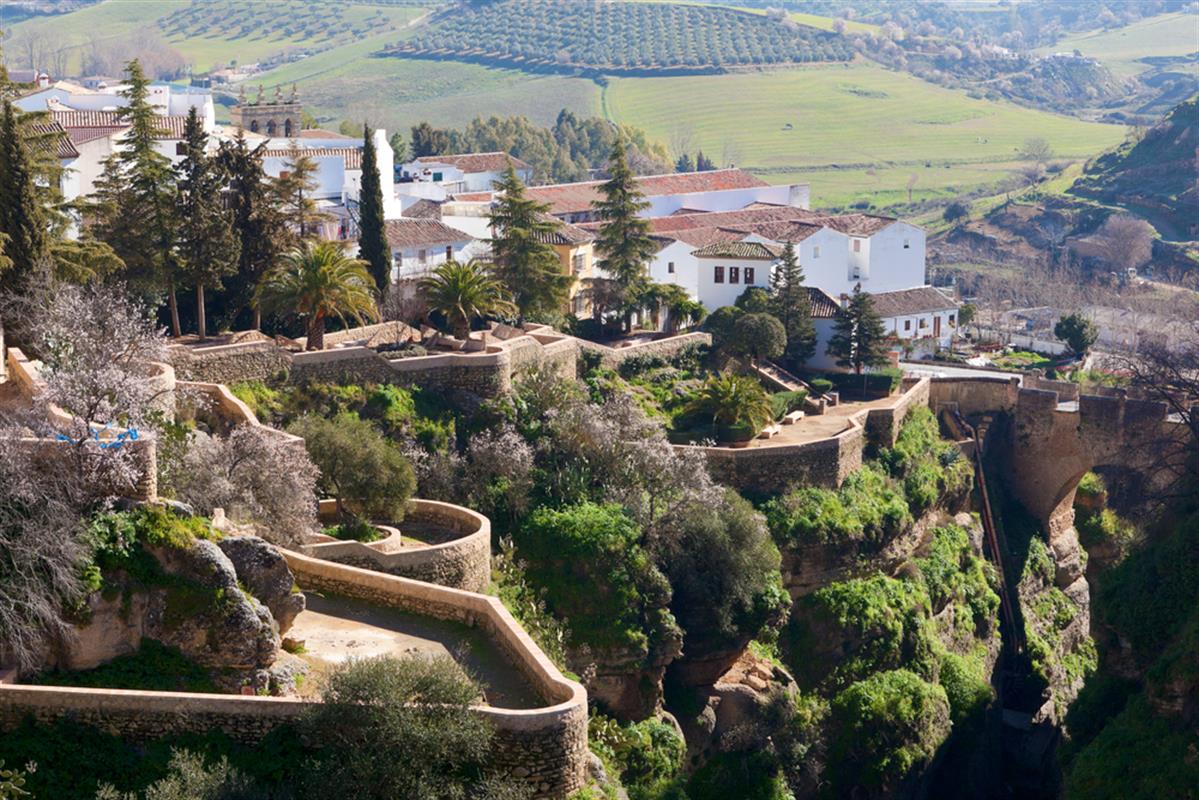
What to do and where to go in Ronda (#ronda travel guide)
Three bridges connecting Ronda (#ronda blog)
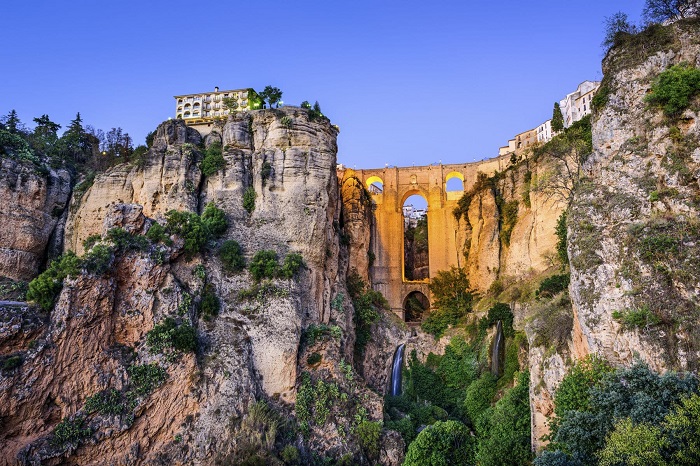
Because of the separation by the river, people who want to travel between the North and South banks have to cross 3 bridges lying precariously on the top of the mountain. For those who are afraid of heights, it is indeed a challenge because it is easy to be overwhelmed by the scenery here.
These three bridges span between two mountain cliffs, connecting the old Ronda and the new Ronda. Three bridges with three names Puente Romano, Puente Viejo, and Puente Nuevo. Puente Nuevo is the highest bridge, 120 m above the ground. Puente Nuevo is also a favorite of many photographers because it is located on the nice location and can be seen when making your way down the canyon.
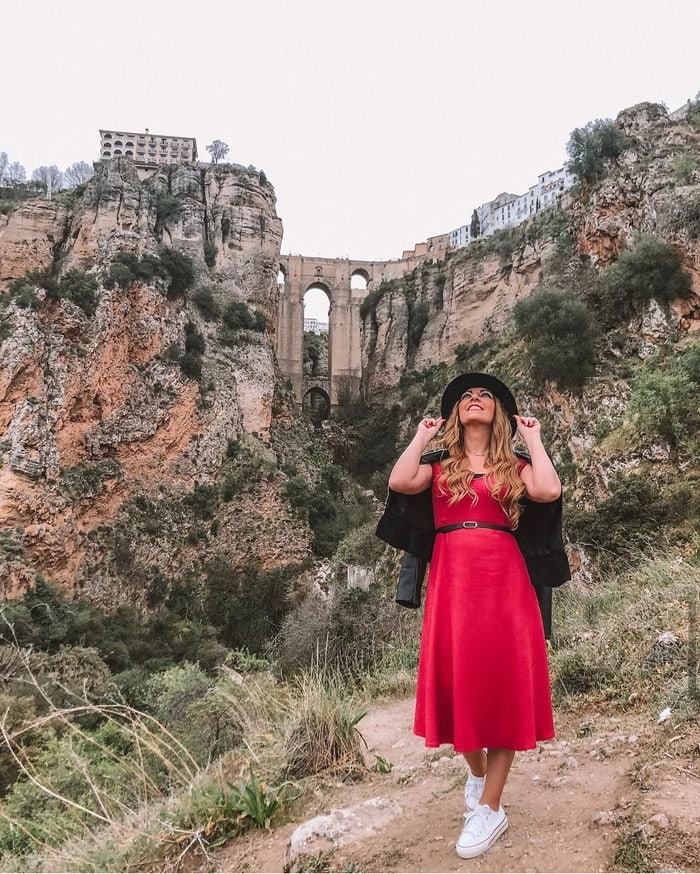
A small tip for you is that when crossing Puente Nuevo, don’t just stop to look at the bridge but go through it, look to the right, there will be a small stone paved path along the cliff to go down to see the whole city of Ronda with this majestic bridge. Along the way, there are also countless almond trees, if you pass in the spring, you will see the flowers bloom extremely brightly.
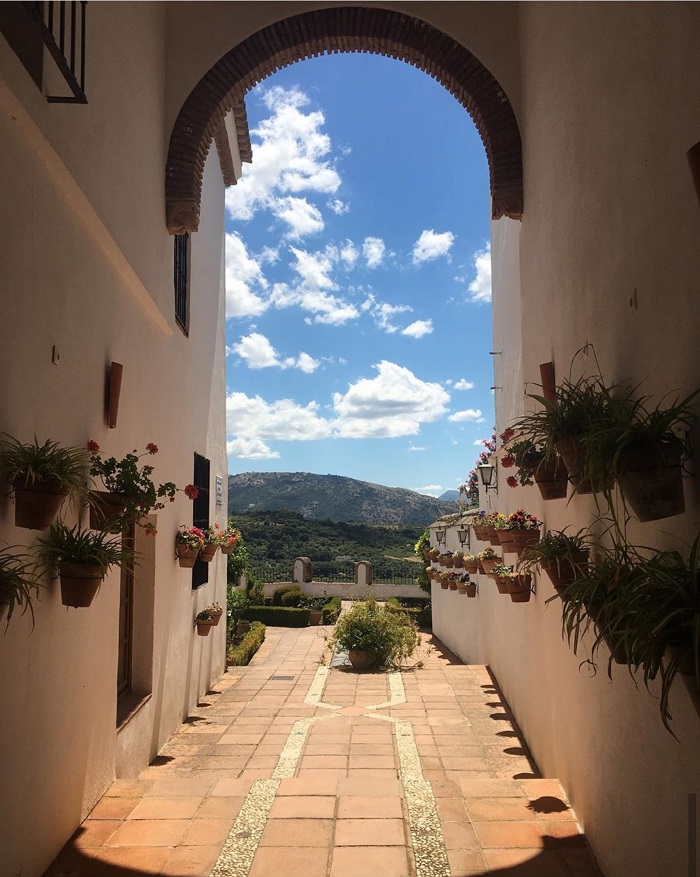
Looking up from the bottom, you can see the magnificence and spectacular of these 3 bridges. This place is loved by many photographers, when standing from the bottom of the gorge, you can see all of the old and new Ronda connected by those 3 monumental bridges.
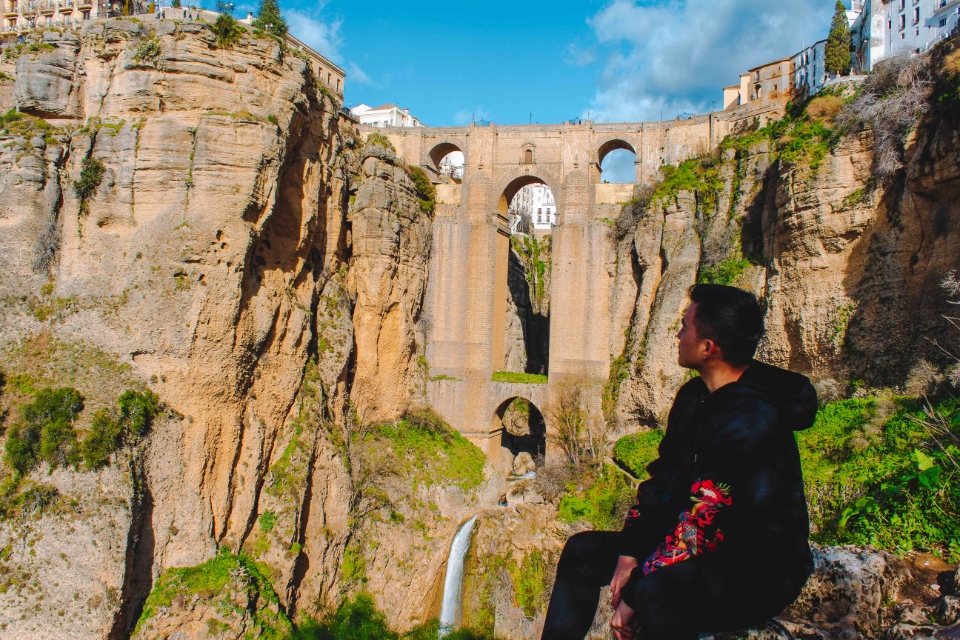
The city is located on the side of a cliff, known as the pearl of Southern Spain with 3 bridges: Puente Romano, Puente Viejo, and Puente Nuevo, making many people fascinated by the grandeur but equally. that poetic part. Puente Nuevo with a height of more than 120m looks like a scene from some epic special effects movie.

Every spring, following the small road down, you will see the entire scene of this bridge and Ronda city, somewhere with the shadow of gentle pink almond trees. Is there a more harmonious combination between the wild, majestic but equally romantic?
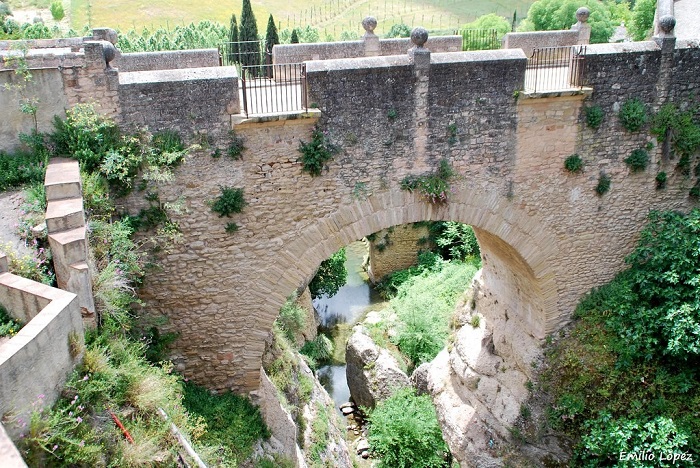
Corrida Goyesca, Ronda’s Bullring (#ronda travel blog)
Spain is known as the cradle of the art of bullfighting. Every year, many tourists come here to immerse themselves in the excitement and excitement of the bull tournament. Ronda is known for being the home of the tradition of horseless bullfighting. Corrida Goyesca is located prominently in the heart of Ronda, considered one of the most beautiful arenas in Spain, marking important matches with many memorable events.
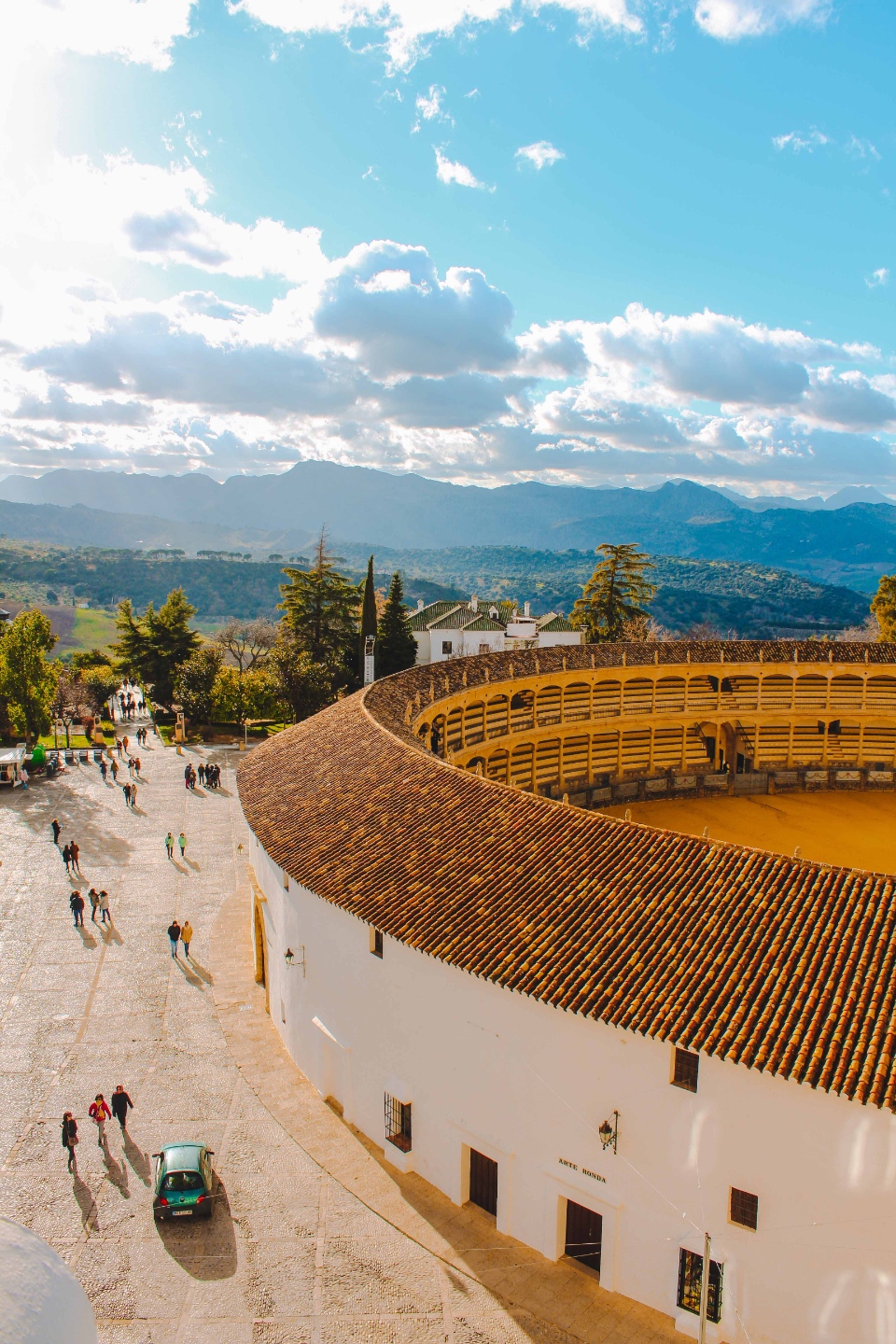
It can be said that Ronda is the cradle of the art of bullfighting. Corrida Goyesca was built in 1784 in neoclassical style by Jose Martin de Aldehuela, who designed Puente Nuevo. This bullring actually only holds bull heads once a year. But to see the most splendid bullring is to sit at the cafe in the hotel opposite the bullring.
The huge and splendid arena stands out, attracting the attention of passersby. Corrida Goyesca is lively only once a year, so that people can be cheered, and thrilled with every movement of the matador.
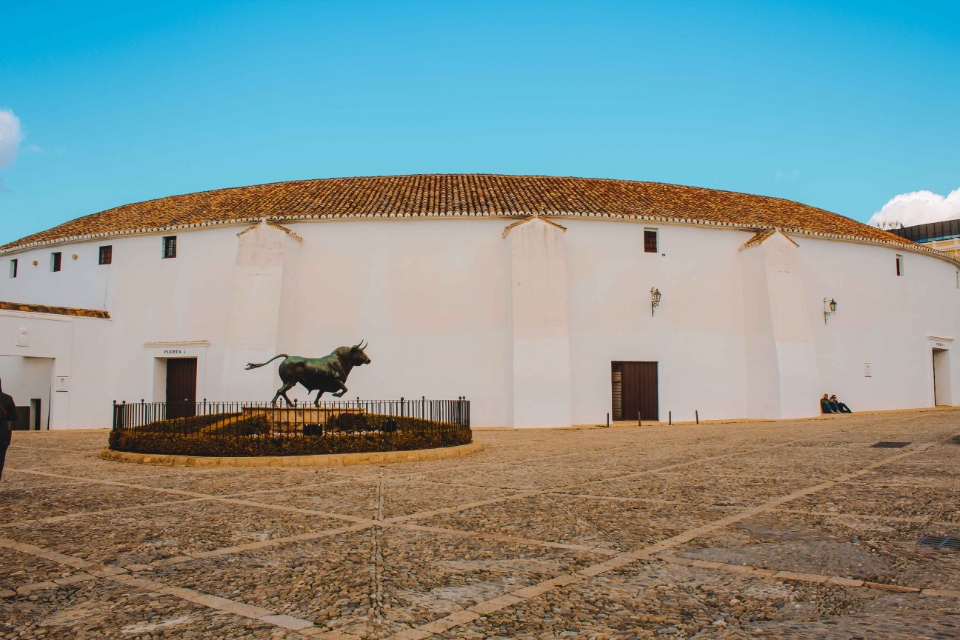
On normal days, the Corrida Goyesca bullring put on a quiet, quiet look. Sitting on the floor of the cafe opposite, watching the flow of people up and down with the giant Corrida Goyesca, looming majestic mountains is more than enough for an afternoon of recovery.
Mirador de Ronda (#ronda blog)

If you’re bored with the city of Ronda, the Mirador de Ronda located a few hundred meters from Corrida Goyesca will give you a breathtaking view of southern Spain. With an almost infinity green landscape. It can be likened to a beautiful green cover like Tuscany in Italy.
If you want to find a place to see the full beauty of Southern Spain, just walk a few hundred meters to the Mirador de Ronda you will be immersed in the soothing green of nature.

As far as the eye can see, the endless green color of the grass, the mountain under the clear and spacious sky, adorned with floating white clouds. It seemed that one had strayed into a romantic Italian countryside and not in Ronda.
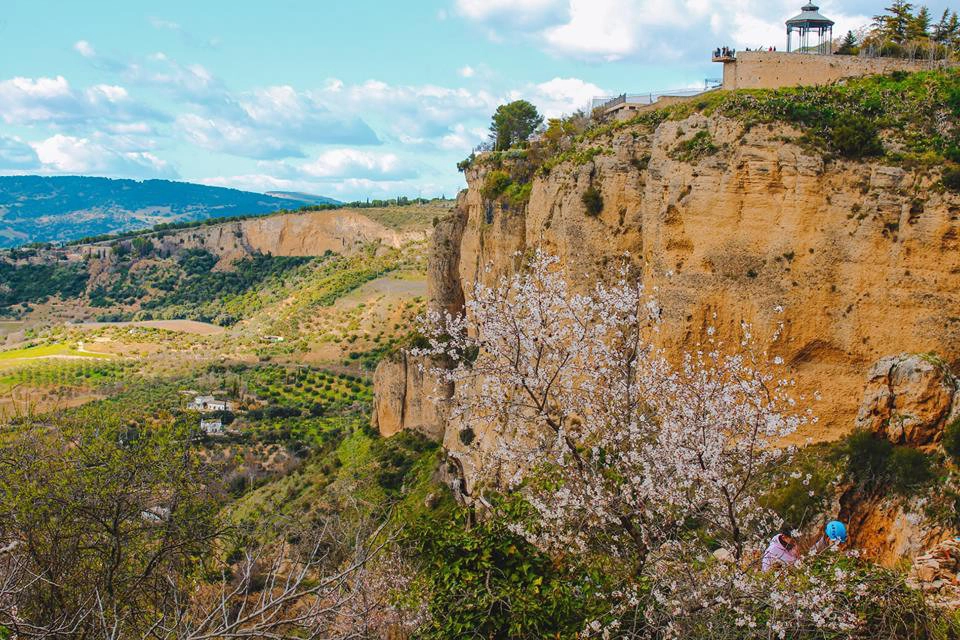


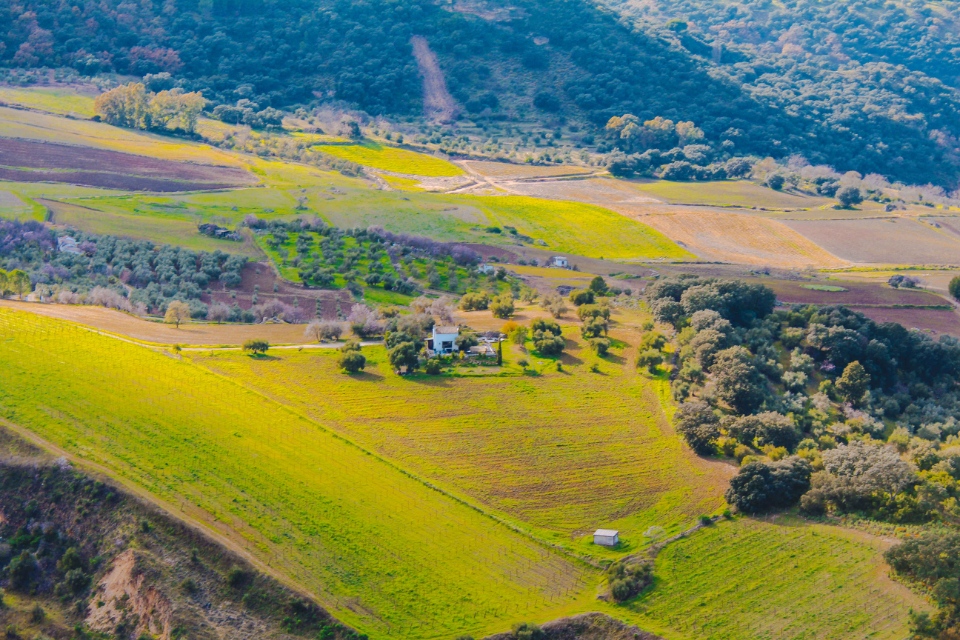
The highlight for that blue color, in the cool air of spring days, is the soft pink color of almond trees flowers. Not only the wild and majestic beauty, but more than that, a dreamy sky in sight. Ronda is indeed the jewel of Southern Spain when it makes so many hearts when standing in front of this place drop a very gentle beat, very smooth but also stirring enough.
Ronda’s cultural imprints
The art of bullfighting
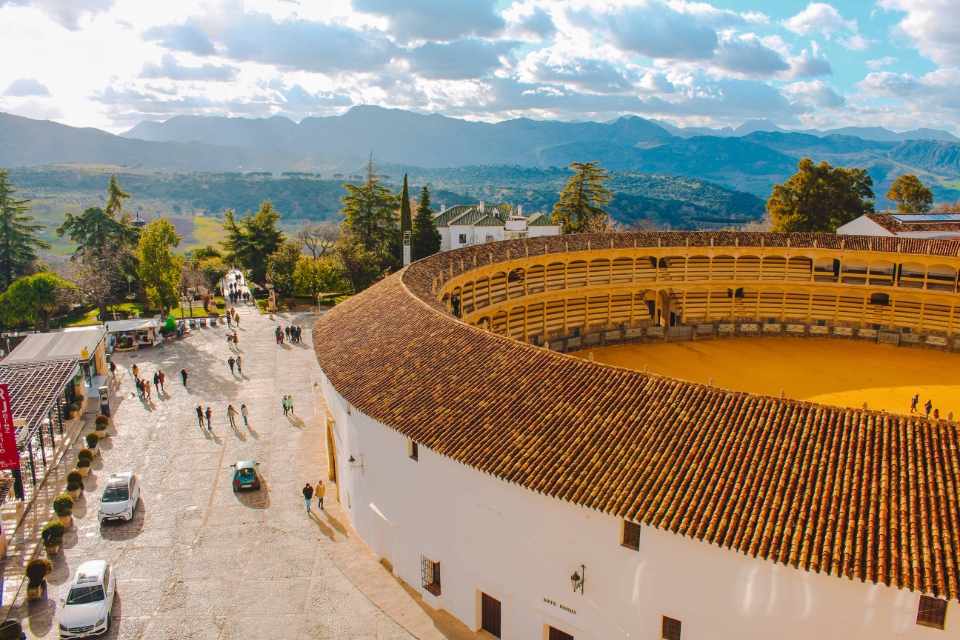
Francisco Romero, from Ronda, Spain, is generally known for being the first to introduce the art of fighting the bulls as we know them today around 1726. Fighters (matadors) would use scarves and weapons to kill the bull. This type of fighting drew more attention from the crowd. Thus, the modern Corrida, began to take shape, as the riding aristocrats were replaced by walking commoners. However, for me, this art still represents a certain savagery towards animals. Today, Ronda holds a bullfight only once a year.
Imprint Hemingway & Orson Welles
These two American artists visited Ronda many summers in a row, and lived there for many years in the old town of La Ciudad. Both love and write about Ronda’s beauty. To date, statues and reliefs of the two are on display in the main park in front of Puente Nuevo in Ronda.
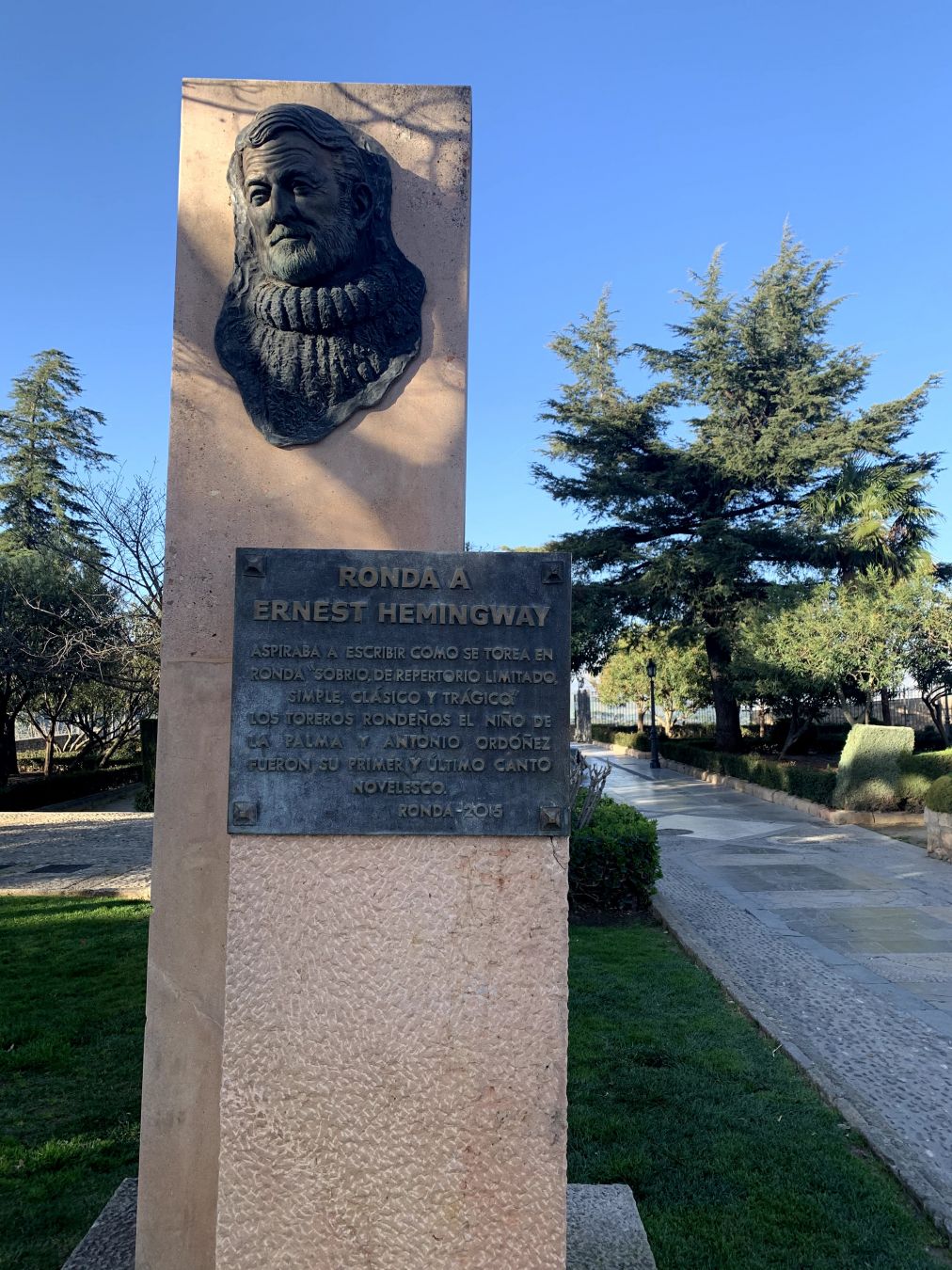
Hemingway once wrote in For Whom the Bell Tolls about a Republican trial of nationalist murder in Andalusia. Hemingway is said to have based on the true events of the civil war in Ronda to write part of that story.
And maybe I’m quite privileged with the places Hemingway used to visit and stay for a long time to write his books. Last year was the island of Torcello in Italy, this year visit Ronda again. Small and beautiful places in Europe always make writers come and find their inspiration.
Where to stay?
If you want to stay overnight in Ronda, below we recommend more best budget, mid-range and upscale hotels with good ratings and reviews you can refer to.
- Hotel Don Miguel (Agoda, Booking)
- Catalonia Ronda (Agoda, Booking)
- Catalonia Reina Victoria (Agoda, Booking)
- Parador de Ronda (Agoda, Booking)
- Hotel El Tajo & SPA (Agoda, Booking)
- Hotel San Francisco (Agoda, Booking)
- Hotel Alavera de los Baños (Agoda, Booking)
- Hotel Soho Boutique Palacio San Gabriel (Agoda, Booking)
Check out more top and best hotels in Ronda on Agoda.com or Booking.com
As a harmonious combination between classic features steeped in history, with modern liberality mixed with smooth green nature, Ronda is truly a place that makes people fall in love. Breathtaking beauty of Southern Spain with a small town perched on the top of a mountain, with gentle almond blossoms fluttering in the wind. All blend to make Ronda a piece of emotional memory in the travel guide of those who visit here.
Some best day tours, trips, activities and transfer services, tickets in, from and to Ronda you can refer to
- Ronda Guided Day Tour from Malaga (Exclusive Transfer)
- Ronda & White Villages Day Tour from Seville
- Guided Full Day Tour in Ronda
- Ronda Guided Day Tour From Seville
- Ronda & Alhambra One Day Guided Tour from Seville
- Ronda Guided Day Tour from Malaga (Exclusive Transfer)
Read more Spain guide here.































![10 best airports in Asia in 2016 [RANKED] kuala-lumpur-international-airport-best airports in asia in 2016 by skytrax ratings](https://livingnomads.com/wp-content/uploads/2016/08/29/kuala-lumpur-international-airport-best-airports-in-asia-in-2016-by-skytrax-ratings-218x150.jpg)









